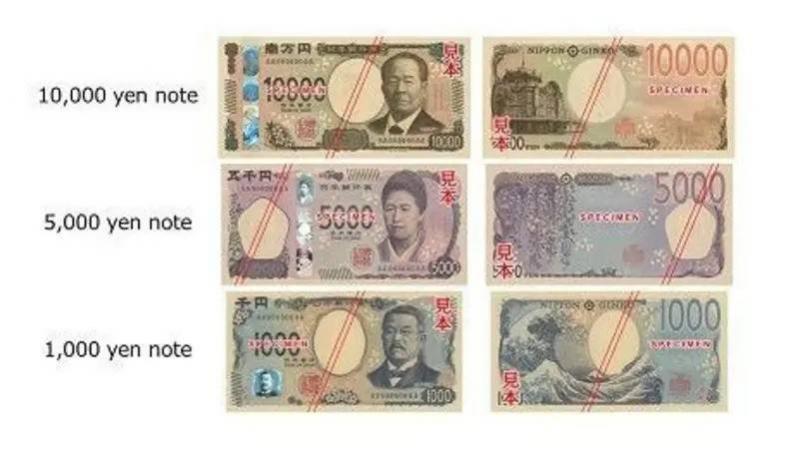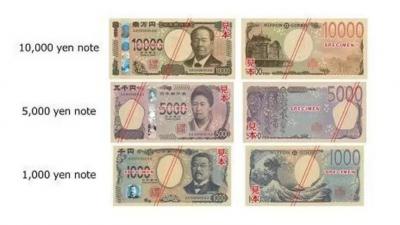Japan began distributing its first new banknotes in 20 years on Wednesday, featuring three-dimensional "hologram" images of founders of financial and educational institutions for women, in an effort to deter counterfeiters. The banknotes use printed patterns to generate three-dimensional images that face different directions depending on the angle of view, utilizing a technology that the Japanese National Printing Bureau claims is the first of its kind in the world for paper money.
While the current banknotes remain in circulation, train stations, parking lots, and stores are striving to update their payment machines as the government encourages consumers and businesses to use less cash in an effort to digitize the economy. The new 10,000 yen (62 dollar) bill features Eiichi Shibusawa (1840-1931), the founder of Japan's first bank and stock exchange, often referred to as the "father of Japanese capitalism." The new 5,000 yen note depicts educator Umeko Tsuda (1864-1929), who established one of Japan's first women's universities, while the 1,000 yen bill shows prominent physician Shibasaburo Kitasato (1853-1931).
Currency authorities plan to print around 7.5 billion newly designed banknotes by the end of the current fiscal year. These notes will add to the already circulating 18.5 billion banknotes, valued at 125 trillion yen, as of December 2023. Bank of Japan Governor Kazuo Ueda stated at a Wednesday event that "cash is a safe means of payment that anyone can use anywhere at any time, and it will continue to play an important role," even as alternative payment methods prevail. The central bank is experimenting with digital currencies, but the government has yet to decide whether to issue a digital yen.




